Pitching these outlets means your brand gets in front of readers, circulates on social media, ranks in search, and now resurfaces in AI.
Condé Nast publications also showed up multiple times (e.g. Wired, Vogue, GQ).
Here’s what this data means for anyone looking to turn ChatGPT citations into PR opportunities:
- AI comes with big PR Potential: Out of the top 100 most cited domains in ChatGPT, 54% are open to receiving pitches. There’s considerable opportunity to work your brand into AI answers by pitching for mentions on these sites. According to our own research, brand mentions correlate strongly with AI visibility.
- Prioritize high-visibility outlets. Forbes, Business Insider, and The Spruce consistently rank among the most-cited domains in ChatGPT responses, making them prime targets for PR pitching if your goal is to be mentioned in AI answers.
- Don’t overlook vertical specialists. Vertical-specific sites like Car and Driver and Architectural Digest also appear frequently, showing that industry-focused publications can still deliver strong AI visibility.
- Make the most of all PR channels. A handful of domains on this list don’t explicitly accept PR pitches, but they’re still worth mentioning because they provide PR visibility in other ways—for example, PR Newswire syndicates press releases, while WebMD pays select medical professionals to contribute content that may reference their brand.
- Look at parent company clusters. As the pie chart shows, a significant share of PR opportunities come from just a few parent companies like People Inc. and Condé Nast. Targeting these groups may multiply your chances of PR and AI visibility, since family-owned publishers are known to syndicate content across their titles.
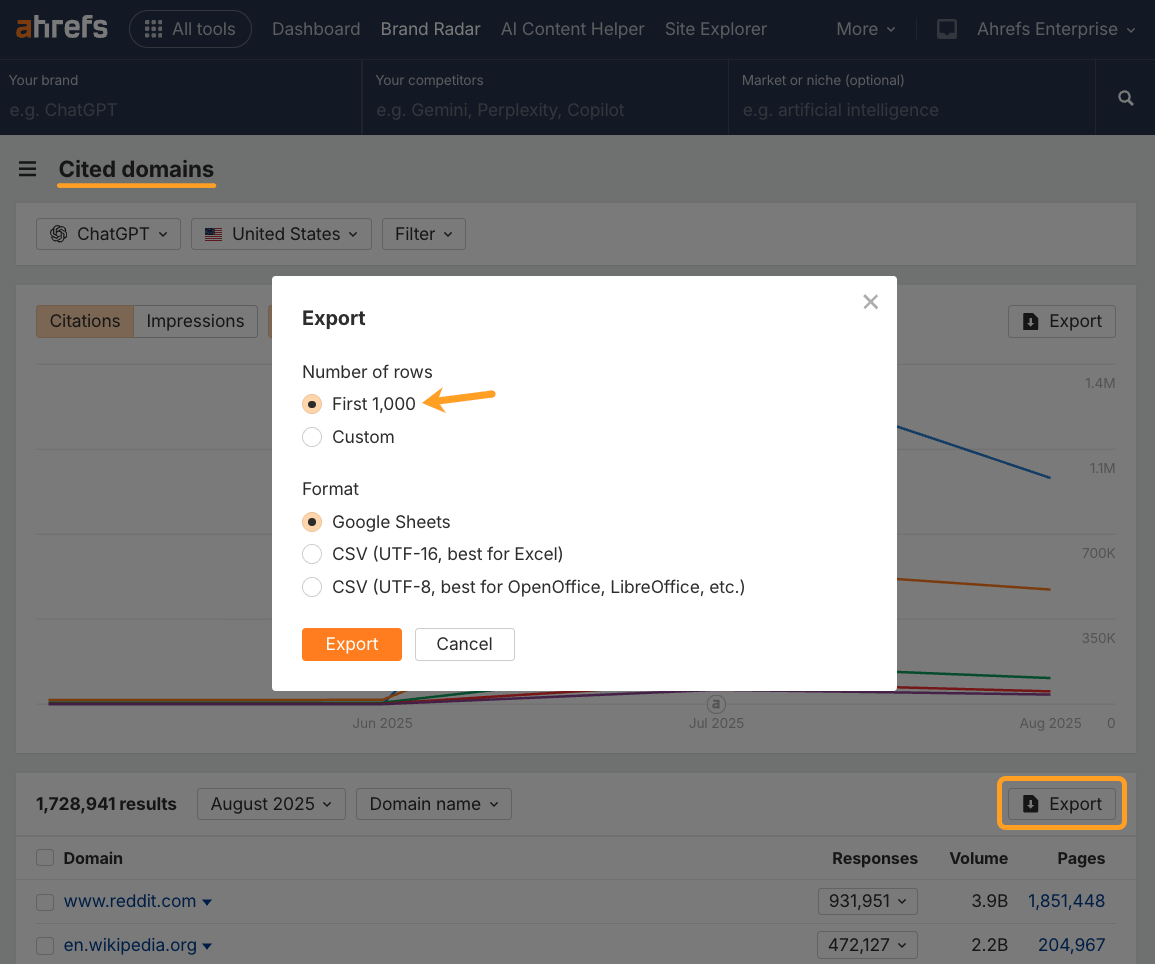
To understand whether the site was open to receiving pitches, I did one of two things:
1. Performed an “according to” site search in Google
I performed a Google site search for the words “According to” to get an idea of whether a publisher had accepted pitches from brands in the past.
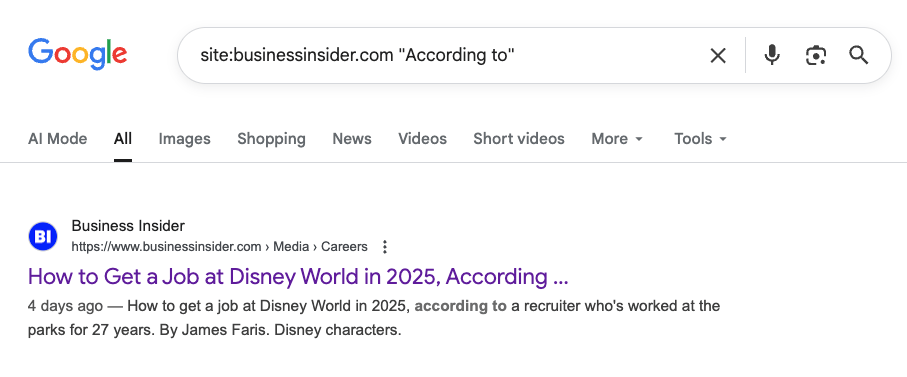
Obviously not every instance of the phrase “According to” gives way to a PR mention.
But, generally speaking, if a publisher does reference an external source, this is a good catch-all term to spot those mentions.
I only included instances where brands had been mentioned. If the publication cited universities or research bodies–not brands–I left them out.
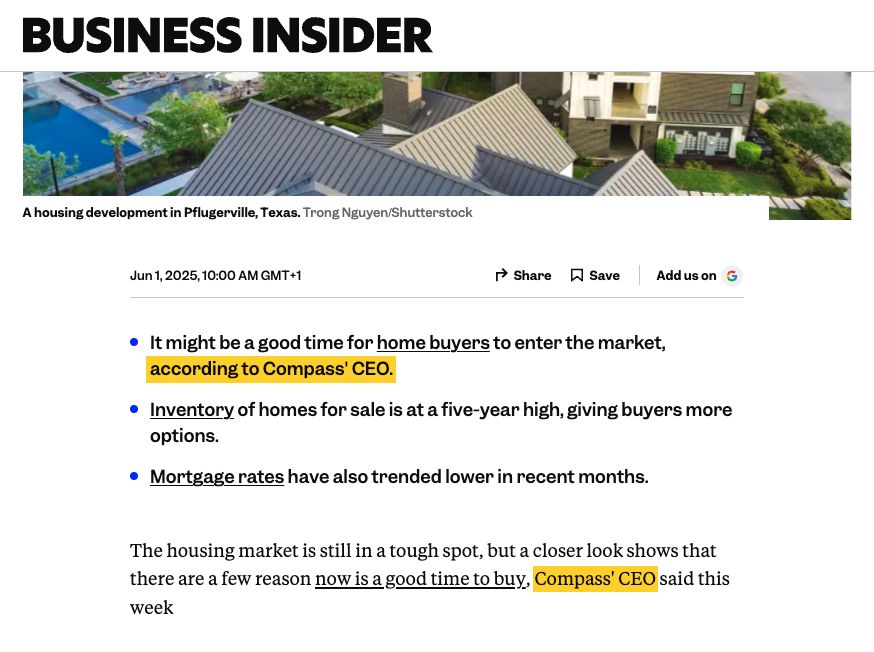
2. Checked for evidence on the publisher’s site
If things were still a bit unclear, I looked for confirmation of pitch acceptance on the site’s media, editorial, and contact pages.
While it’s smart to target media outlets that dominate in citation volume, what matters even more is getting coverage on trusted domains that are relevant to your audience and your niche.
AI systems prioritize contextually relevant information, so being featured on an industry-appropriate site can carry more weight than appearing in a high-volume but less relevant publication.
Here are two ways you can find PR opportunities that are both highly visible and highly relevant.
1. Find publishers citing your competitors
Find the publications that routinely mention your competitors but not you.
Just head to Ahrefs Brand Radar, navigate to the “Cited domains” report, then configure filters to find AI queries and responses that contain your competitor, but don’t contain your brand.
In return, you’ll get a list of domains/publishers responsible for your competitor’s branded AI mentions.
In this example, I’ve focused on Asana and Clickup.
Asana is cited 33.8K times across all AI surfaces…
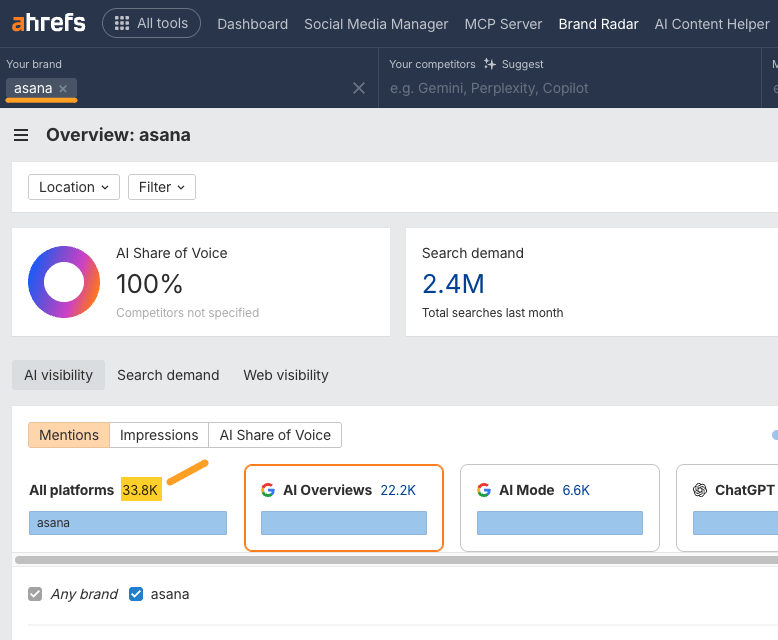
While Clickup is cited 14.8K times…
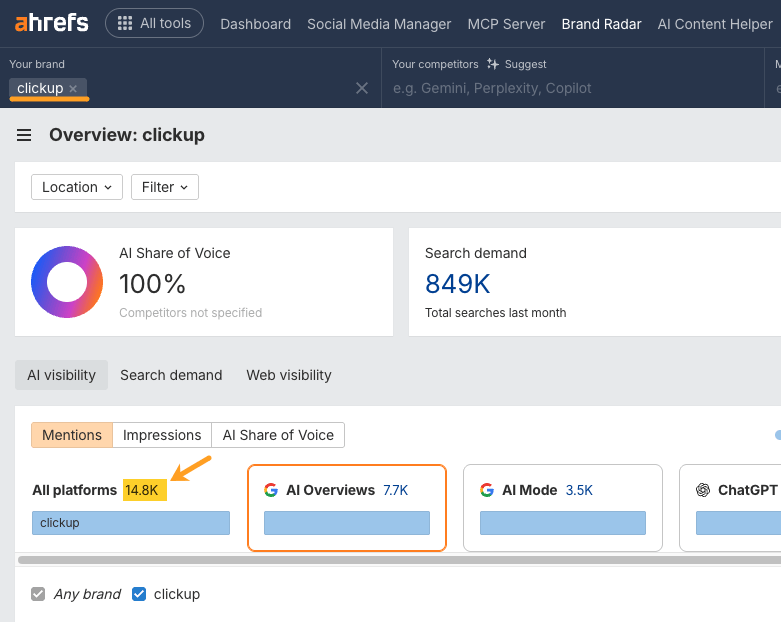
If Clickup is aiming for more AI visibility (because, who isn’t?) they may want to pitch major publications like Tech Radar, Forbes, The Guardian, Lifewire, and Wired…
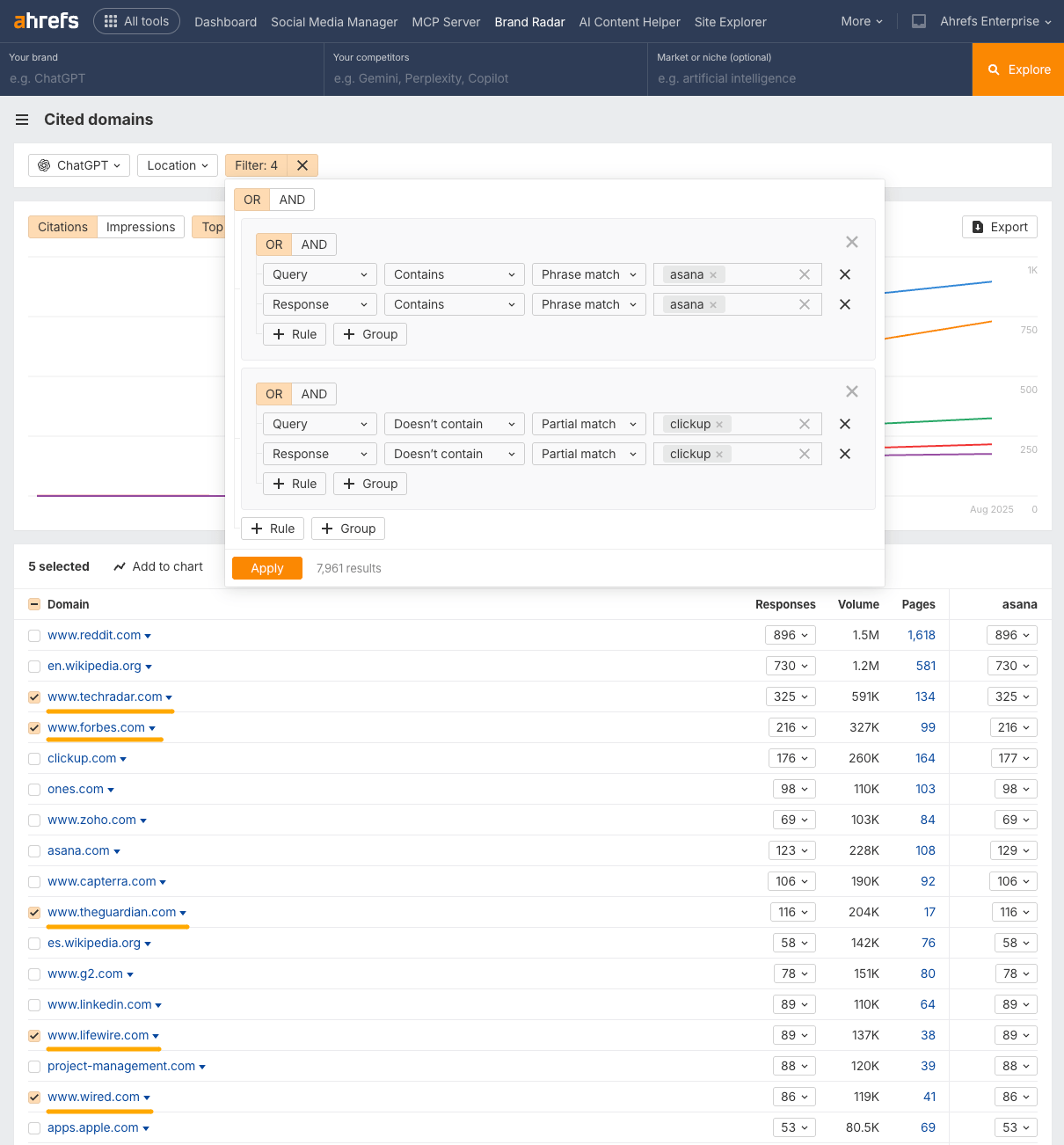
Together, these publications generate 800+ AI mentions for Asana.
Tracking who promotes your competitors—and how that shows up in AI—is a great way to find new pitching leads.
2. Find publishers cited in topically-relevant AI responses
Ahrefs Brand Radar now shows you the overarching topics you’re visible for in AI…
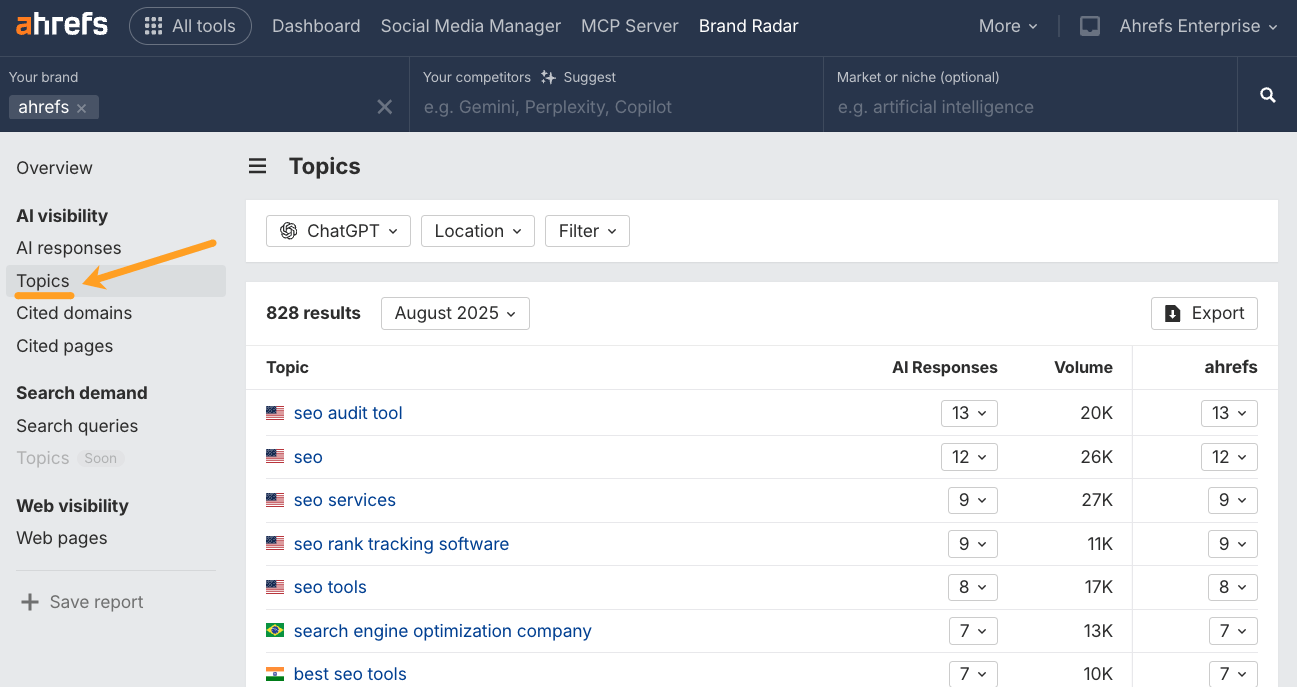
You can find PR opportunities from the publishers cited alongside those target topics.
For example, here are all the major press sites being referenced in ChatGPT alongside the topic of AI…
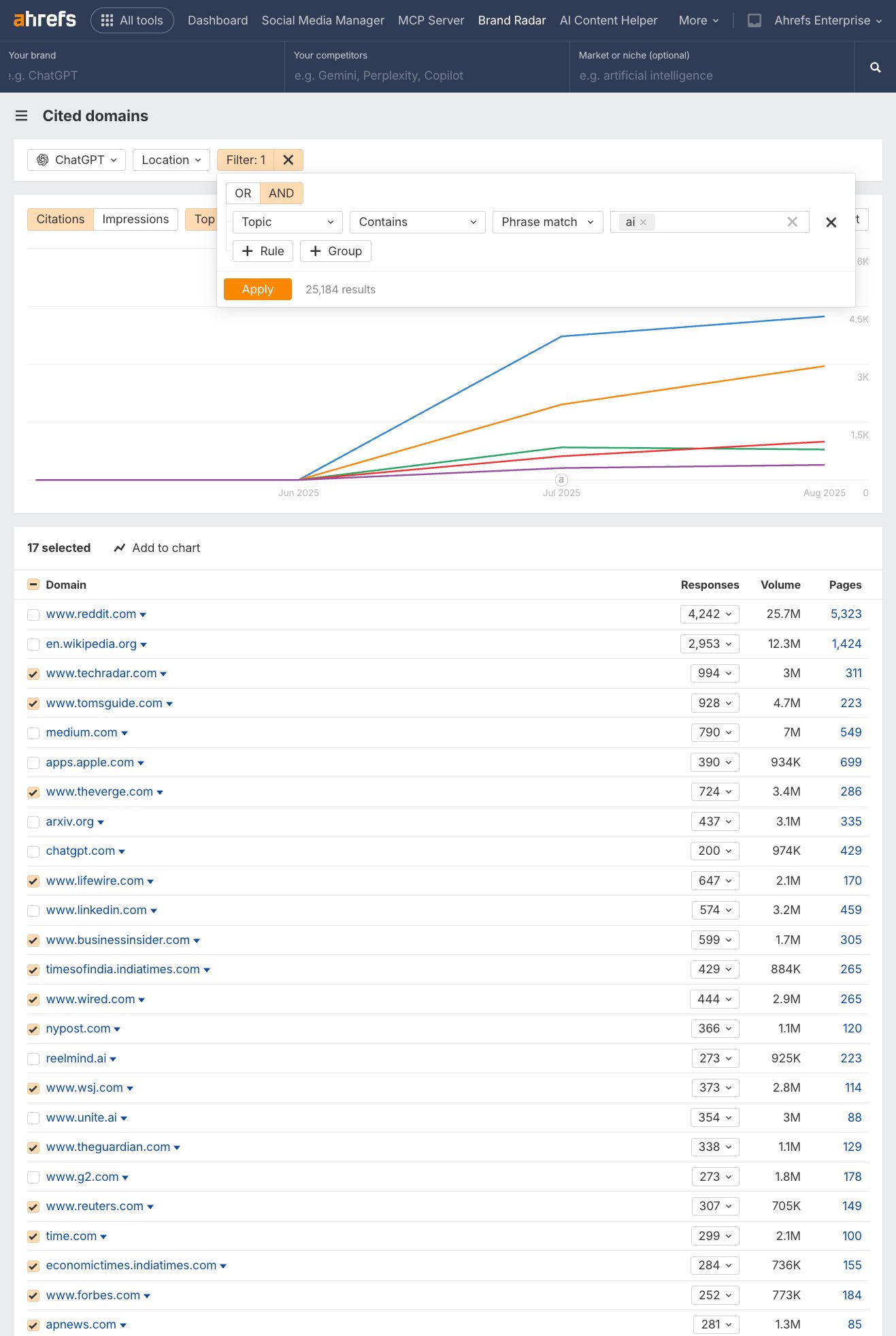
If you want to tie your brand to the topic of AI, Tech Radar is the go-to publisher to pitch.
Wrapping up
The shift from link building to AI visibility changes how and where you pitch.
Having a list of the most-cited ChatGPT publishers is a strong starting point, but the real opportunity is in the overlap: outlets that are visible and relevant to your niche.
If you pitch where your topics and competitors already get coverage, you’ll give yourself the best shot at appearing in AI results.
Similar Posts
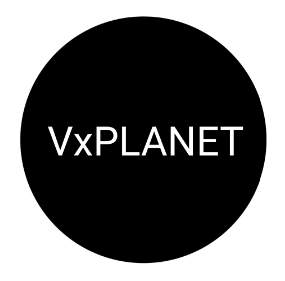
Microsegmentation using NSX Security Intelligence – Part 3 – Workload Classifications
Welcome to Part 3 of the microsegmentation blog series using NSX Security Intelligence. In the previous…
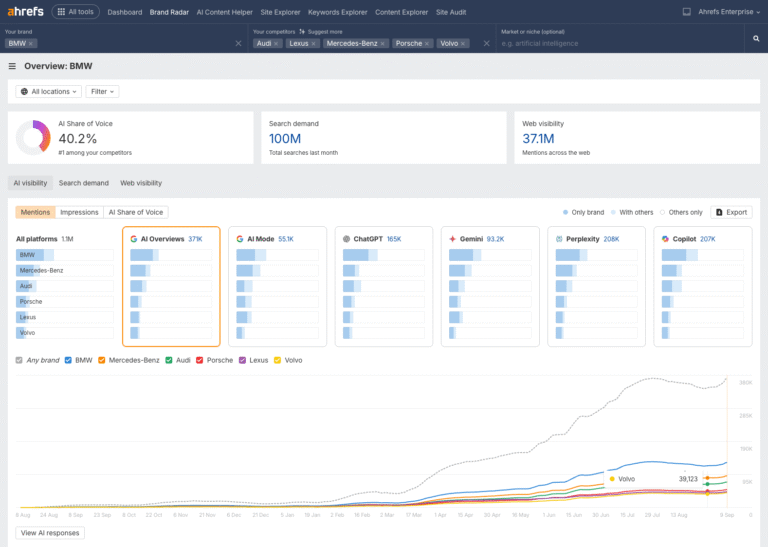
You Can’t Track AI Like Traditional Search. Here’s What to Do Instead.
Traditional search tracking is built on a simple promise: type a query, get a result, and…
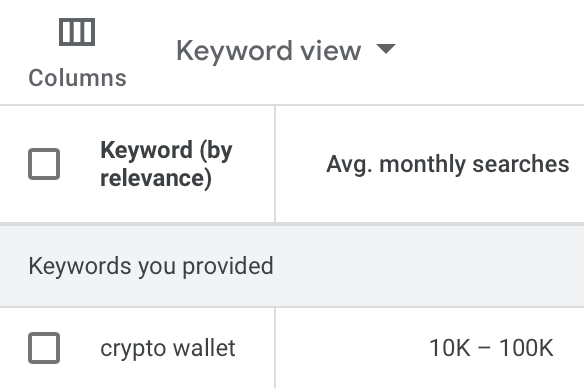
PPC Keyword Research for Google Ads: A First-Timer’s Guide
PPC keyword research is the process of finding the exact words or phrases people type into…
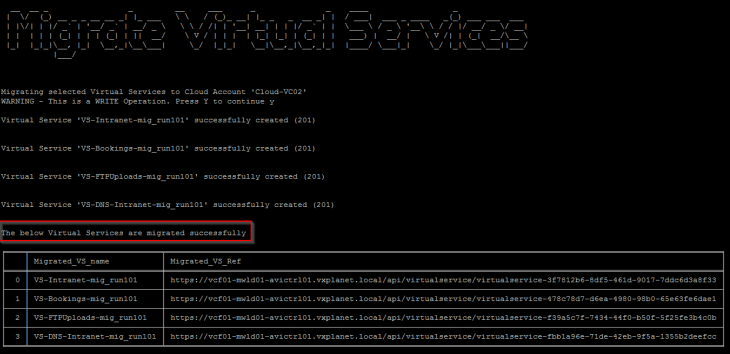
NSX ALB Cloud Migrator – Part 1 – Virtual Service Migration Across vCenter Cloud Accounts
In the previous blog post about my community project – NSX ALB Cloud Migrator, we looked…
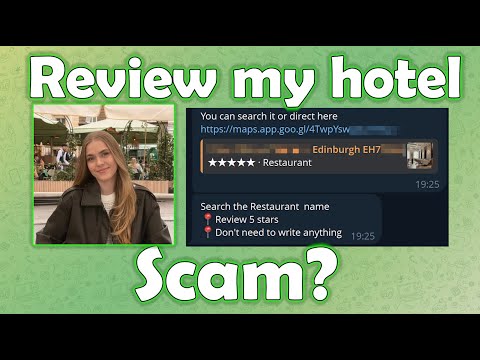
The Job Scam
Ever had one of those messages offering work from out of the blue on SMS/WhatsApp/Telegram/Signal? Well,…
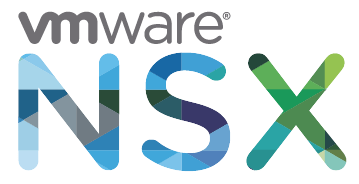
NSX-V Controller Cluster Explained: Handling the Control Plane
Hello everyone, in this post we will walk through an introduction to the NSX controller cluster…